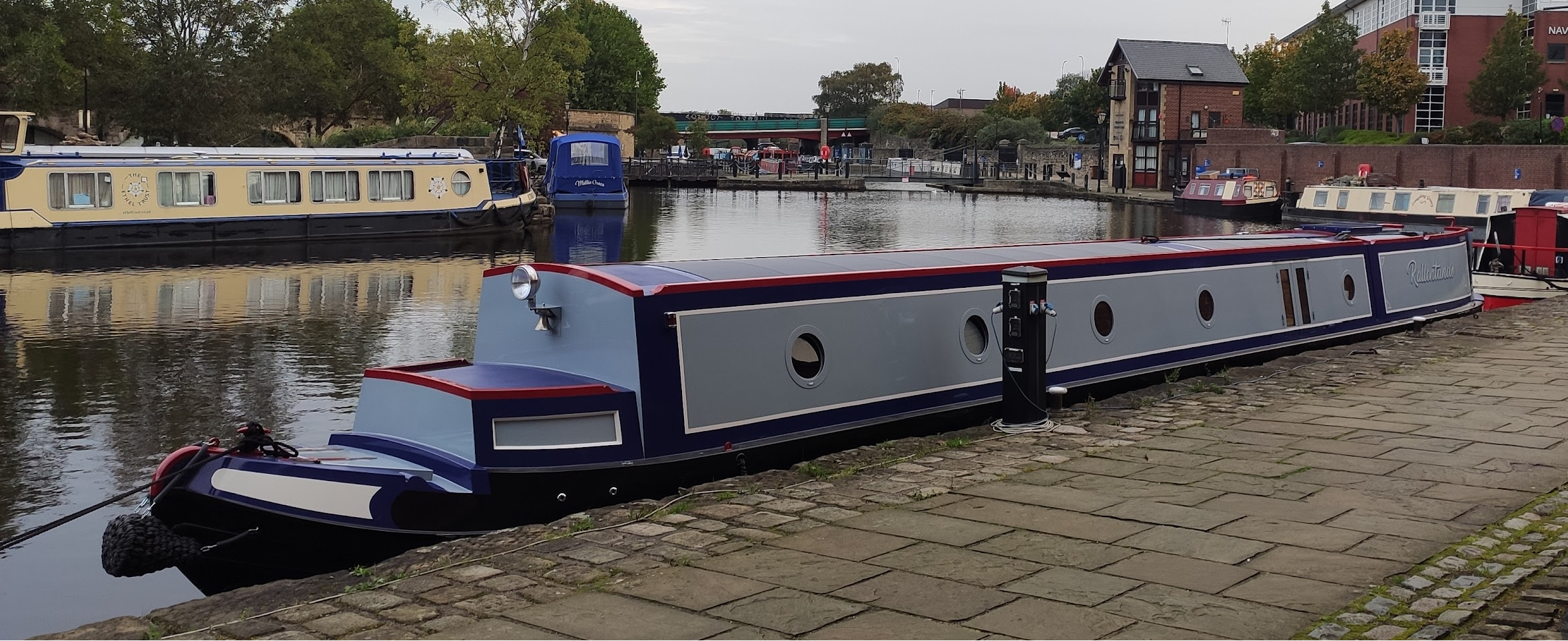You and the other person making similar comments.
I'm glad you find it amusing, funnily enough a lot of new posters don't and bite back. Then the wrath of the CWDF "old school boaters" descends on them, and a pointless argument throwing insults around ensues.
If they then flounce off in a dudgeon, those who have "successfully" driven them away congratulate themselves on doing so, make comments like "shut the door on your way out", and then happily sit back in the knowledge of a job well done -- well, as they see it.
All of which is precisely why many newbies don't stay, or having heard about the reception they're likely to get never join CWDF in the first place and go to other forums like -- shock, horror! -- Facebook. Leaving CWDF with the reputation as a place populated largely by bitter old men who like nothing better than telling naive newbies how stupid they are compared to the boating elite.
As one of the frequent perpetrators responsible for this behaviour, I'm afraid you're the one who "really doesn't see it".
But having had exactly this argument with you before, I don't expect you to change your ways, so there's no point carrying on with this. Bye-bye -- again... 😞





